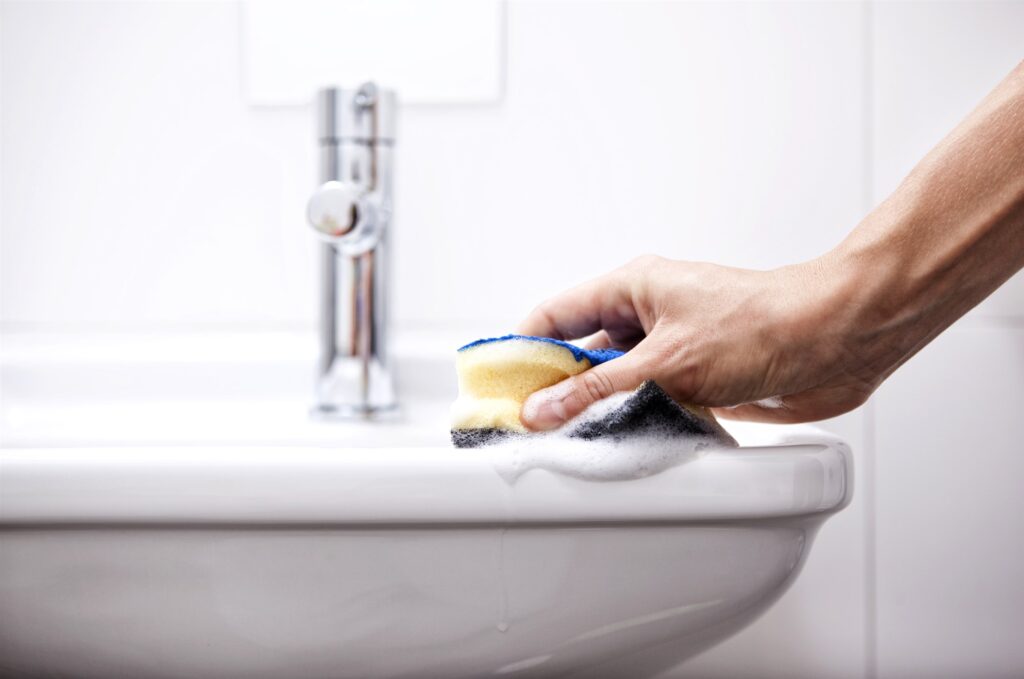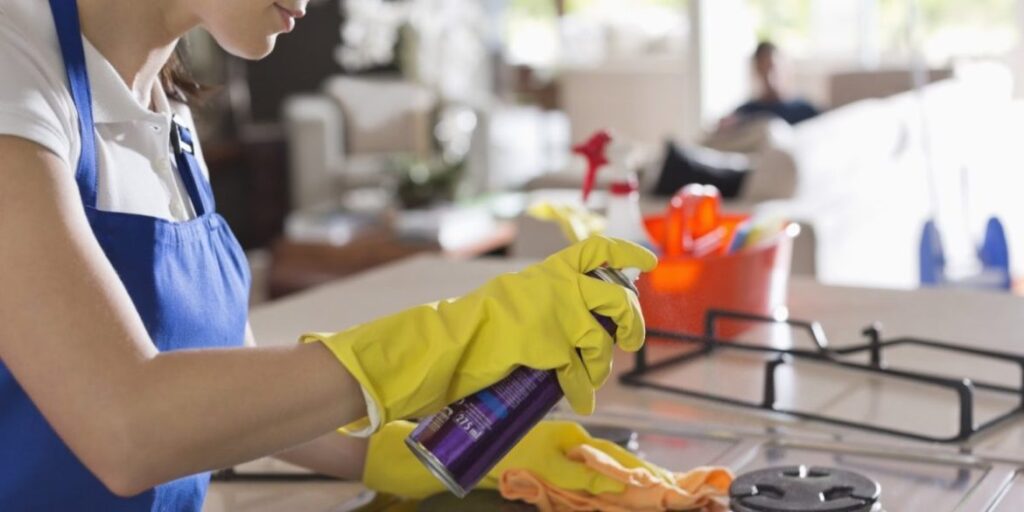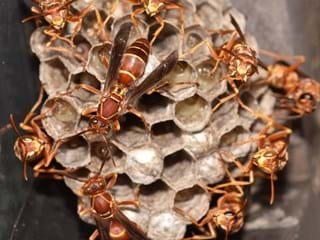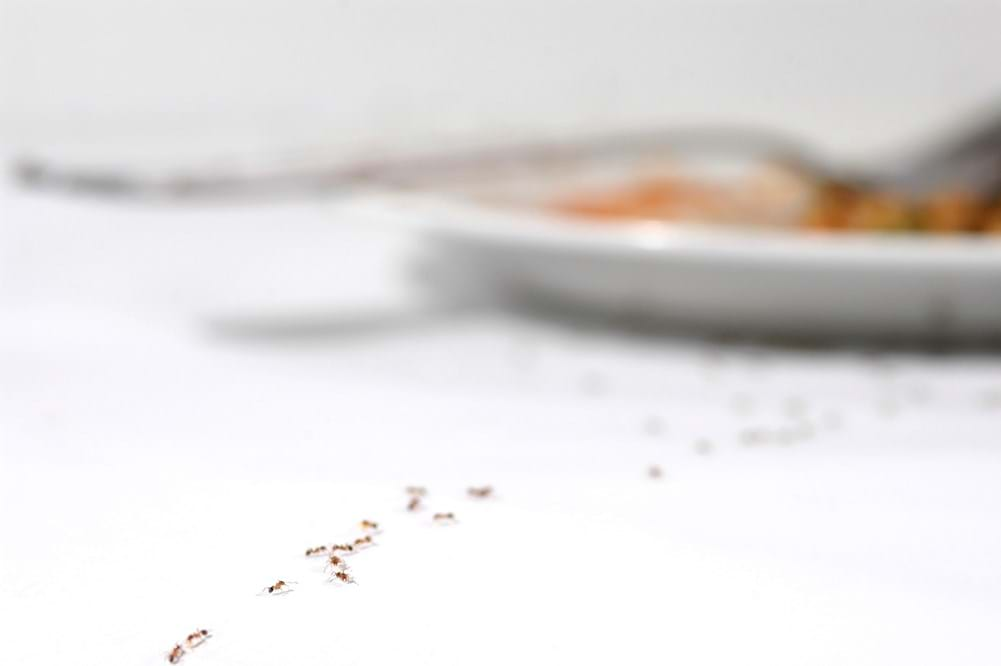Benefits of a home inspection for Home Buyers
know there are multiple steps in the process of buying a single-family home. You start out by engaging the services of an experienced realtor and making your list of priorities for the home and the neighborhood. You look carefully at your finances and financial goals for the future to see what price range makes sense for you. Next, you get excited as you look at listings, go to showings and feel the reality of homeownership getting closer.
As you narrow in on your choices and make an offer, a reasonable next step is to engage the services of a home inspector. You might ask why that’s important when you’ve already spent a good deal of time looking at the property with your realtor and checking to make sure everything is in good shape. Because the reasons go far beyond that (and in the end, unknowns can affect your checkbook and raise your blood pressure), this article will discuss some of the common-sense reasons for having a home inspection. Let’s dig a little deeper.
Since buying a single-family home is the largest single purchase made by most people, it’s important to make sure nothing is glossed over. We can’t afford to make assumptions, or we might pay dearly for it later.
Sure, some people have more knowledge than others about construction, structural issues, mechanical fundamentals, and appliances. Let’s face it — most of us, even when combining forces with a well-informed family member or friend, can’t see everything in enough detail to warrant confidence in the true condition of the house. It’s best to hire a professional who has the experience and the specialized tools to do the job thoroughly and correctly.
It seems basic, but the first step is to find a home inspector who is knowledgeable, experienced and has the time to help you. Inspectors can be busy, especially in peak season, so be sure to ask if the inspector has time to do a thorough job to meet your deadline. This isn’t the time to skimp on information.

questions to ask before a home inspection
this doesn’t mean a homebuyer can neglect their own due diligence. This new legislation proposes to set minimum licensing standards for the roughly 1,500 home inspectors that work in Ontario, and will include a regulations on what information needs to be disclosed to home buyers, as well as regulate the language inspectors can use in their contracts.
Be present during the home inspection
The most important rule is to be present during the home inspection. This means scheduling time off from work and family responsibilities, and shutting off the phone, during the couple of hours the inspector is present at the home you hope to buy. It’s not enough to be physically present, you also need to be engaged in the process. This allows you to observe and, when necessary, ask questions.
How do I pick a home inspector?
In this highly competitive real estate market, most buyers simply call up a few home inspectors and ask how much they charge and when they are available to do an inspection. “That should be the last question,” says
What problems should raise flags?
There are a number of issues that should raise a flag for homeowners. One is asbestos. But that doesn’t mean that you should run for the hills if you hear the “a” word. Instead, ask questions: “Does the asbestos need to be removed immediately to prevent harm?” and “Is it a problem if I leave it untouched?” are two questions you need answers to. Quite often, old pipes will be wrapped with asbestos; while this will mean remediation, at some point, it may not be an immediate issue. Rather than run for the hills, you could use this as a negotiation tactic: Asking the sellers to reduce the price to account for the cost of remediation.
Are there risks I should consider when buying a foreclosed home?
When a home is foreclosed it’s usually because the owner fell into hard times; this not only translates into financial trouble, but often a lack of incentive in maintaining the house. As such, make sure you really check and double-check the plumbing—making sure that all pipes are free and clear of obstructions, there are no leaking fixtures, and that older clay pipes are still intact. While a bank won’t fix any damage in a foreclosed home, evidence of damage or needed repairs, as found in a home inspection report, can be used to negotiate a lower sale price. (Keep in mind, however, that some banks will deny requests for home inspections, stating a property is sold “as-is.”)
Key Things to look for during a Property Inspection
Have you ever inspected a property on a Saturday? You arrive at the property, you get out of the car, you shake the agent’s hand, you leave your details as you go for a wander through, and you get back in the car. And then later that day, you try and recall some of the things you remember about that property, and you go totally blank.
If so, you are not alone because people do this all over this country, every weekend. It’s large because you go into these properties with a bit of an emotional journey throughout, but it’s proudly that if we are going to part with a lot of money to buy this real estate, we need to have a bit of a method or framework that we go through. As a buyer’s agent who sees scores and scores of property on a monthly basis, for me to differentiate it and to remember on behalf of a client, it’s important that I have that sort of mental checklist that we go through.
The first one is all about location. And a lot of this homework can be done in advance because there’s so much really good information that you can get on the internet. You can go to Google Earth to check things out, just to make sure you have a good understanding of the particular location that you’re going to look at but nothing actually beats driving around yourself and having a bit of a look. Because you want to observe the people. You want to observe the types of cars people drive because it gives you a hint as to the demographic of the area. You want to observe the smells in the area because if it’s too offensive people won’t want to be there as it might be an indication that there might be a factory that’s upwind that’s bringing it down. So there’s nothing that actually does replace that sort of, looking around the suburb yourself. I encourage you to drive around beforehand
But I also encourage you to go at different times of the day because typically you’re looking on a Saturday morning when everyone’s home. Everyone’s home from school, home from work, but you do want to check it out during peak hour, and you also want to check it out during kids’ school pick-ups and drop-offs just to see if your street becomes a cut through or a bit of a thoroughfare. It’s important to not just check it out on a Saturday morning. And equally, you need to have some familiarity of where the schools and all of the lifestyle drivers are if you are coming to that area. Where am I going to get my latte? Where am I going to get my smashed avocado on gluten free toast? Where are the cafes that I’m going to spend my time when I am not working? But also, when I do go to work, how am I going to get there? Do I go by public transport, can I get to the train easy? Or do I need to catch a bus? Or perhaps I need to catch a tram to get to the train station? All of these things are really important considerations. So when it comes to location, some of it can be done in advance. But it doesn’t mean that you can’t not do that when you get there.
The second thing that I do when I get out of the car is looking at the street appeal. I would actually stand back from the property, just have a look, and get some context from that property compared to the others. Am I looking at a brick house when everything else is weatherboard? Or am I looking at a weatherboard when everything else is brick? I really want to get an understanding of what is up and down the street so I can get an idea of where this one that I am looking at fits into the overall picture of the suburb. And equally, I want to know is there any street appeal at all? Do I look at this property that stands proudly in the street or is it on the low side of the street so you have to look in? Or you are at the high end of the street and you have to look up? Or is it just on the flat? So, there’s lots and lots of things that you are trying to get a handle on in a short amount of time. What about the roof? Is it a terracotta roof where everything else is colour bond or vice versa. So getting that context is really, really important. But the other thing to keep in mind
Choosing Your Home Inspection Company
Buying a new home is a great investment. However, before you spend your hard-earned cash in buying a home of your dreams, you need the services of professional home inspectors to check every part of it. You should get your complete home inspected before signing any contract. Home inspection industry is full of reliable home inspectors.
Several companies are providing these services to their clients. Unfortunately, the industry is also filled with fraud companies that offer these services. Therefore, it is necessary to screen and interview an inspector before hiring his or her services. You need to keep in mind when choosing a home examiner to inspect your new house.
Experience
It is a good idea to hire an expert that carries out hundreds of inspections every year. A house inspector with several years of experience is desirable for work of home inspection. Knowledge A home inspection company you select should be knowledgeable enough to know each system in your home. Hire a professional that has a relevant degree in the field of architecture or engineering. These professionals are known to provide the best assessments. Others include professionals in the general construction industry.
Reputation
When dealing with professional companies, you need to check the reputation of the company and inspectors that carry out the work of inspecting houses. Thus, you should request the company to provide you with reputed and trained inspectors to inspect your home.
Relevant reports
The company you hire should provide you with reports, which cover various aspects of home inspection. Moreover, you should get a signed report, which describes the inspection that was carried and its current condition. Nowadays, several assessors provide a checklist of different items, which need to be inspected. They are also professionals that give a written description of various items, which should be inspected.

HOME INSPECTION
Buyer’s Home Inspection
Buying a home is one of the biggest investments you will ever make. Before you buy, you should have a buyer’s home inspection to avoid potentially costly repairs that would otherwise go undetected until they become even more costly. Additionally, the home inspector looks for safety issues that could harm you, your family, or your guests.
Seller’s Pre-Listing Home Inspections
Prior to listing your home for sale, a pre-listing home inspection can find things that may otherwise cause a potential buyer to walk away from your property if not properly addressed. The home inspector will provide a deficiency report highlighting all of the major deficiencies found during the inspection. This enables you to resolve major issues beforehand to help facilitate a smoother sale.
Periodic Home Inspections
Even if you’re not buying or selling your home, issues may develop over time that could affect the safety of your family or cost you money if unaddressed. Having a home inspection done every 2-3 years helps ensure the value of your investment. Deferring maintenance on your home will lead to more costly maintenance later on.
Tenant Move-In/Move-Out Inspection
As a landlord, being able to prove the condition of your property when a tenant moved in and again when the tenant moved out can mean the difference between a judge finding in your favor or not if you must go to court. The home inspector will meet with the tenant to do a move-in and/or move-out inspection, as well as provide a video and/or pictures to document the condition.














